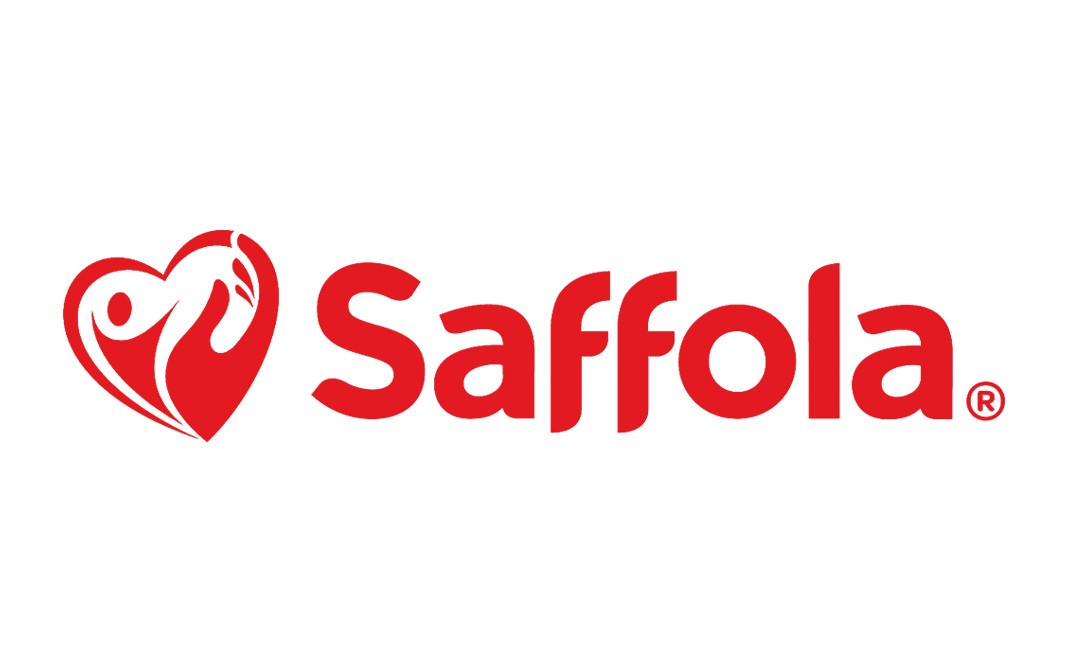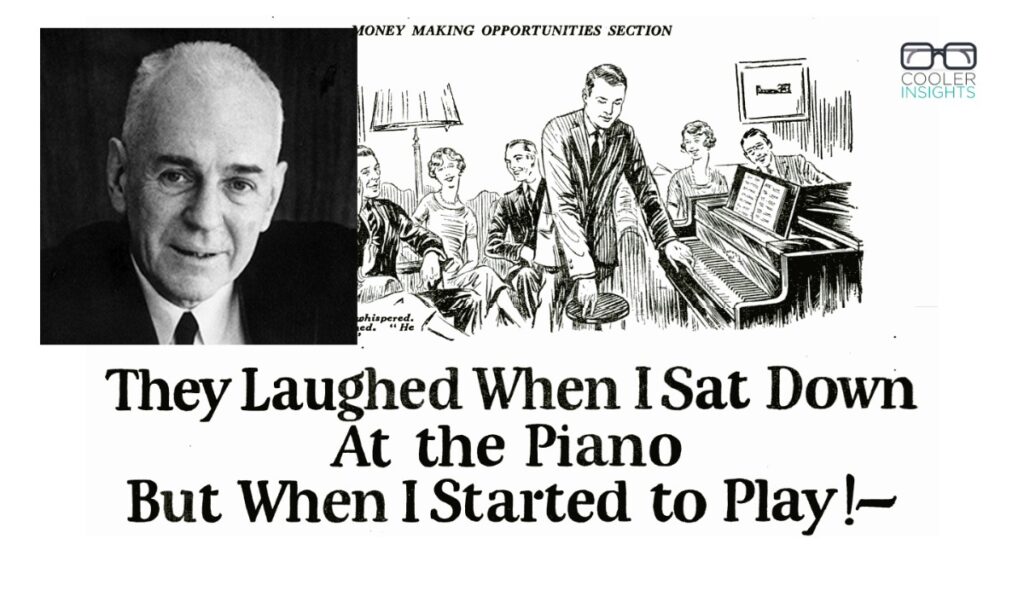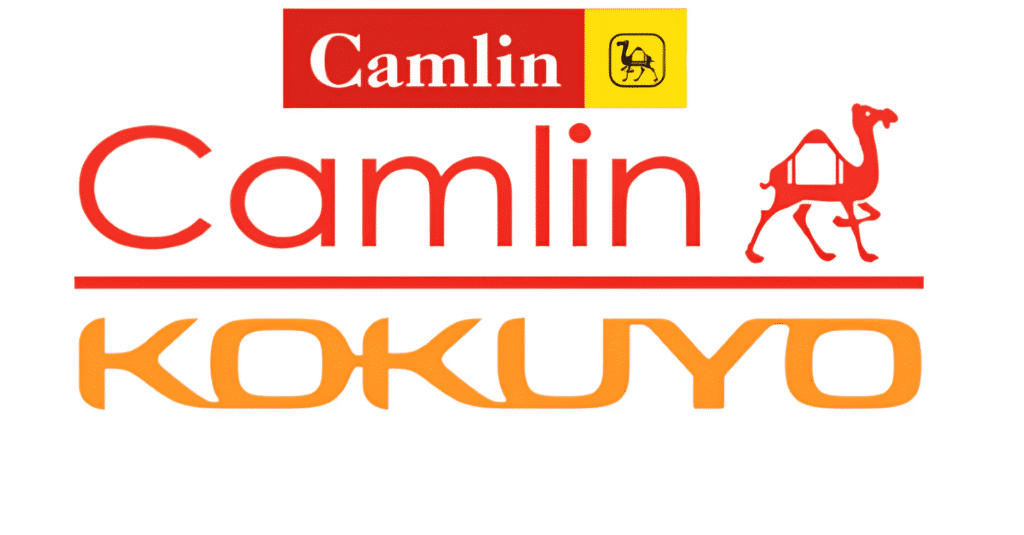Saffola – The Healthy Alternative

Saffola has become a Rs 2000 crore brand and has positioned itself as a healthy’ brand and extended into multiple categories
Back in the 1960s, doctors discovered that safflower oil was good for the heart because it contained a high concentration of polyunsaturated fatty acid. However, at the time, the only safflower oil available on the market was crude, and it had a very bitter taste.
As a result, the Mariwala family began receiving postcards monthly from heart patients requesting the refining of a few litres of oil. When this began to happen regularly, the Mariwala family made special arrangements for refining a small quantity of Safflower oil, which led them to speculate that there may be a larger market for safflower oil in India.
Few refining firms existed, and those that did were often unreliable and unnamed. Because of this, medical professionals were unable to advocate for safflower oil even if they wanted to.
Patients had two ways to get refined oil: they could either pay a local trader, who was often not available, or they could go without oil, which was not a good choice for many.
In 1965, Bombay Oil Industries (BOIL) set out to regulate the “disorganised” edible oil sector, which was dominated by loose oil sold in kirana shops. It entered the market with its ‘healthy Saffola cooking oil,’ ‘Saffola,’ and helped to launch the revolution in India to reduce the need for the supply of loose oil. The heart-healthy claims of Saffola were central to its marketing. There wasn’t much competition between brands that offered similar benefits because no other product on the market had this feature. This message hit home with people who had or feared heart problems, but it turned off people who were sure they would never have heart problems. The hardest part was finding our niche among health-conscious consumers. That seemed like an insurmountable task at the time, but the company was prepared to see it through.
Scary Stance
The firm collaborated with Clarion Advertising to promote via traditional media during the BOIL era. As was previously noted, the early advertising used a “scare” tactic to convince people that they were more likely to develop a cardiac condition if they didn’t switch to a healthier cooking oil like Saffola.
Saffola was marketed to viewers as “Life Insurance” by depicting an anxious nurse, a distraught woman, a stretcher with her husband, and heart rate monitoring.
As a result, Saffola was one of the first firms to market its products with the claim that eating meals prepared with the company’s namesake oil may save consumers’ lives, dominating billboards and newspaper ads with the message.
Saffola was ahead of the game in the premium refined oil market because of its early start and the fact that no one else was talking about the “health quotient.”
Marico Industries Ltd started producing Parachute Coconut Oil, Saffola, and Sweekar (Marico’s refined oil) at its facilities beginning in 1993 after signing a Registered Users Agreement with BOIL to use the “Parachute” and “Saffola” names for an initial term of three years.
Progression from “Prevention” to “Cure.”
Although initially successful, the advertising gimmick ultimately hurt Saffola and its sales. Especially in the 2000s, when Grey was given control of Saffola’s creative direction, the brand’s marketing strategy for Saffola cooking oil underwent a complete overhaul.
Consumers were eager to start taking better care of their hearts, but the “preventive” conversation had taken a back seat. The number of people who said they were having heart problems seemed to be going down quickly, according to the data. Under Grey’s creative wing, Saffola cooking oil went from being a brand that made customers aware to ‘caring’ about their healthy lifestyle through a campaign called Saffola Swasth Parivaar Ke Dil Ki Dhadkan.
Based on the aforementioned rationale, the advertisements showed a nuclear family engaged in a wide range of physical activities, with members playing the roles of mom, dad, grandma, and kids. The underlying idea of this ad for Saffola oil is that the company values its customers and can help them provide a happy, healthy home.
Cholesterol levels were going up in the working class, but not many oil companies did anything about it. Hence, Saffola’s advertising messages were heard by individuals who were concerned about heart attacks, but there was also a challenge: to find a place in the market among the growing population of health-conscious contemporary consumers.
The ad campaign “Sehat se jeena hai” encouraged people to choose a healthy way of life without guilt or shame, with a particular emphasis on the well-being of children. Saffola went back to an old-fashioned method of “heart care” when the novel idea of “family-driven discourse” failed to provide the promised return on investment.
Saffola is attempting to shed its formerly negative brand association by associating itself emotionally with terms like “care,” “insurance,” and “happiness.” Saffola, to distinguish itself from the more competitive market and the growing number of conversations about “healthy living,” rebranded itself with more upbeat and less authoritative visuals.
The market for those looking to avoid heart disease was ten times larger than that of those already dealing with the condition.
In 2004, Saffola resumed its promotional efforts. The new slogan for the company, “Aaj se jeene ka andaaz sudhariye,” was conceived by Grey Worldwide. The commercial encouraged all Indians to adopt a more healthful way of living. In this commercial, a little girl serves as the protagonist, travelling to different communities to spread the message of heart care and give people hope.
The Saffola Healthy Heart Foundation’s conclusions that over 25% of the country’s population is at risk for a heart-related illness served as the basis for the whole campaign. However, the vast majority of people with cardiac problems were uninformed of the dangers they face.
Blended Oils
In the 1990s, there was a severe lack of safflower seeds on the market, but the company had only three months to stock up on raw materials because safflower was a single-season crop and shipments to India took several months. Because of this, Marico’s working capital was hurt, its interest costs were high, and the company’s finances were strained.
At the same time, there was a shift in official medical consensus about Poly Unsaturated Fatty Acid. Physicians also recommended a mix of polyunsaturated and monounsaturated fatty acids, and combining two oils was the only way Saffola could give this. But at the time, the Indian government did not let people mix oil because they were afraid it would lead to widespread manufacturing fraud. To persuade the government that blending will provide various advantages to the market, Harsh Mariwala assembled his team of food technologists and requested them to come up with scientific reasons to show that blending and adulterating are fundamentally different.
During lean harvest seasons, when supplies of pure oils tend to run low, blended oils would be a stable commodity for dealers to provide.
By allowing the industry to provide consumer packs with stable pricing and varying price points according to composition, blended oil might help consumers save money.
To better adapt to varying weather conditions, producers provided a wider variety of oil seed options.
As this outcome benefited everyone involved, Saffola’s R&D team lobbied the FDA directly, doing all in their power to get approval for oil mixing, which was ultimately granted in 1998. In addition to its existing product range (Red and Green bottles), Marico was now able to launch Safflower oil blends with other edible oils, allowing Saffola to further expand its offering and once again become a First mover in the market. Additionally, Saffola is no longer experiencing a supply shortage, is having fewer difficulties maintaining healthy profit margins, or is increasing prices on a compulsive basis.
Big Brand
Saffola is now a Rs 2000 crore Brand, which has allowed them to corner 80% of the super-premium edible oil market and maintain its position as an industry leader for the last three decades.
It has now extended itself into other categories like Oats etc
Reference
https://www.linkedin.com/pulse/next-hidden-gem-saffola-oil-animesh-paul/?trk=pulse-article
https://knowledge.insead.edu/entrepreneurship/oiling-wheels-change-traditional-business-marico-story



